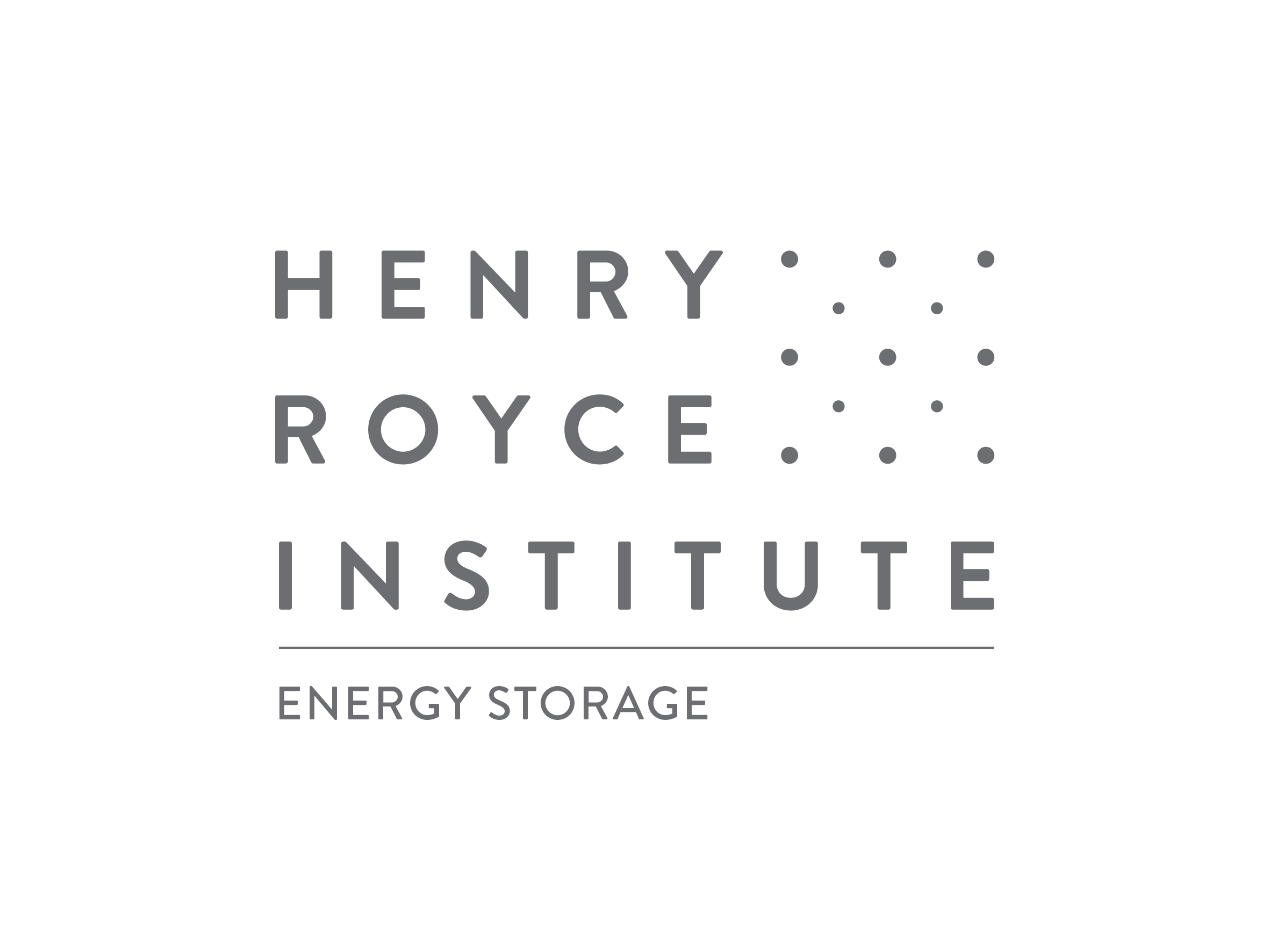Committee and Speakers
 Dr Mohamed Mamlouk
Dr Mohamed Mamlouk
- Lecturer in Electrochemical Engineering School of Engineering, Newcastle University
- Email: mohamed.mamlouk@ncl.ac.uk
- Telephone: +44 (0) 191 208 7342
- UKES 2019 Science Board member
Dr Mohamed Mamlouk is a Lecturer for the School of Engineering at University of Newcastle with an area of expertise in Electrochemical Engineering Science.
Dr Mamlouk's research interests include energy storage and conversion by electrochemical technologies, including fuel cells, electrolyzers, metal-air and redox batteries. He is also interested in electrochemical engineering and membrane Science & Engineering with focus on Anion Exchange membranes and their degradation, as well as Electro-dialysis and reverse electro-dialysis.
Dr Mamlouk has published 43 papers in the field of fuel cells and electrolyser, with over 960 citations (google scholar) and h-index of 19.
Dr. Mamlouk has over 14 years’ experience developing anion and cation exchange polymers membranes for fuel cells and electrolysers. Mamlouk’s anion exchange membranes (AEM) among the most conductive in the literature with through plane conductivity above 0.1 S cm-1 [Int. J. Hydrogen Energy, 2016, 41, 1120-1133] and has recently identified new degradation pathways of AEM [J. Mater. Chem. A, 2017, DOI: 10.1039/c6ta08232g] challenging the current understanding of AEM degradation and allowing the design of new generation of more stable AEMs. He is also experienced in optimizing the composition and morphology of electrodes and electrolytes for intermediate temperature cation exchange membrane (H -PEM) fuel cells and electrolysers [Int. J. Hydrogen Energy, 2010, 35, 784-793 and 2011, 36, 7191-7198] reporting the highest power density in literature for AEM based fuel cell of 0.823 mW cm-2 [Int. J. Hydrogen Energy, 2012, 37, 11912-11920]. Mamlouk also researched and developed non-noble metal electrocatalysts for oxygen reduction and oxygen evolution reactions achieving similar power density to that of Platinum catalyst [J Power Sources, 2011, 196, 7594-7600]. My work on AAEM is cited as “striking advances”, “absolutely interesting” and “advancement attributed to increased fundamental understanding”. “His work achieved the highest reportedpower density to date for AAEM fuel cell”.








